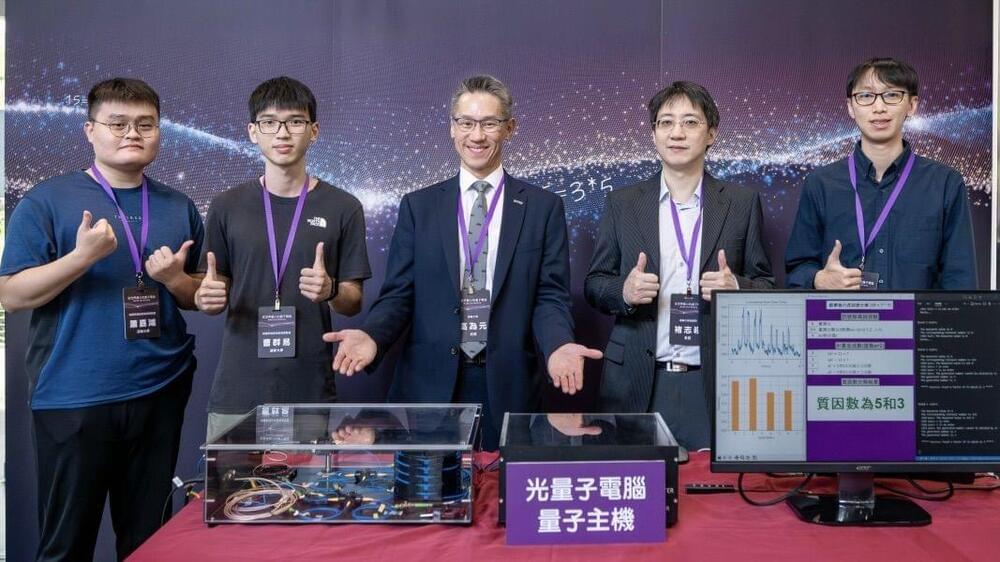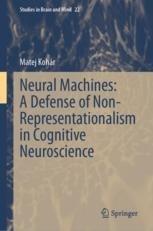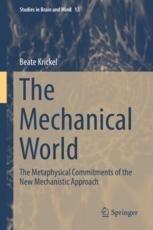Spectrometers are technology for reading light that date back to the era of famed 17th-century physicist Isaac Newton. They work by breaking down light waves into their different colors—or spectra—to provide information about the makeup of the objects being measured.
Researchers have identified genes influencing muscle aging, including USP54, using AI analysis of gene expression data. These findings may lead to drug discovery and exercise-based interventions targeting muscle mass preservation.
The largest known prime number has been discovered by an amateur researcher and former Nvidia employee.
The new number is 2136,279,841 – 1, which beats the previous title holder (282,589,933 – 1) by more than 16 million digits.
I believe that the next generation of AI turing machines will be conscious turing machines that no longer read just tape but have their own consciousness that allows them to fix code or even be aware of its own code and fix it if it gets a virus.
Shared from Wolfram Cloud.
The smallest machine of its kind in the world uses a single photon as its qubit and it can perform calculations without needing the cumbersome equipment to cool it down to near absolute zero.
Scientists have revived activity in the brains of pigs up to nearly an hour after circulation had ceased.
In some cases, functionality was sustained for hours through a surprising discovery by researchers in China.
This book is about the explanatory relevance of representational content in constitutive mechanistic explanations typical in cognitive neuroscience.
The Mind-Technology Problem
Posted in futurism
This book describes the philosophical implications of artificial general intelligence, cognitive enhancements and the smart environment on the human mind.
The Mechanical World
Posted in futurism
This monograph examines the metaphysical commitments of the new mechanistic philosophy, a way of thinking that has returned to center stage. It challenges a variant of reductionism with regard to higher-level phenomena, which has crystallized as a default position among these so-called New Mechanists. Furthermore, it opposes those philosophers who reject the possibility of interlevel causation.
Contemporary philosophers believe that the explanation of scientific phenomena requires the discovery of relevant mechanisms. As a result, new mechanists are, in the main, concerned solely with epistemological questions. But, the author argues, their most central claims rely on metaphysical assumptions. Thus, they must also take into account metaphysics, a system of thought concerned with explaining the fundamental nature of being and the world around it. This branch of philosophy does indeed matter to the empirical sciences.
The chapters investigate the nature of mechanisms, their components, and the ways in which they can bring about different phenomena. In addition, the author develops a novel account of causation in terms of activities.









